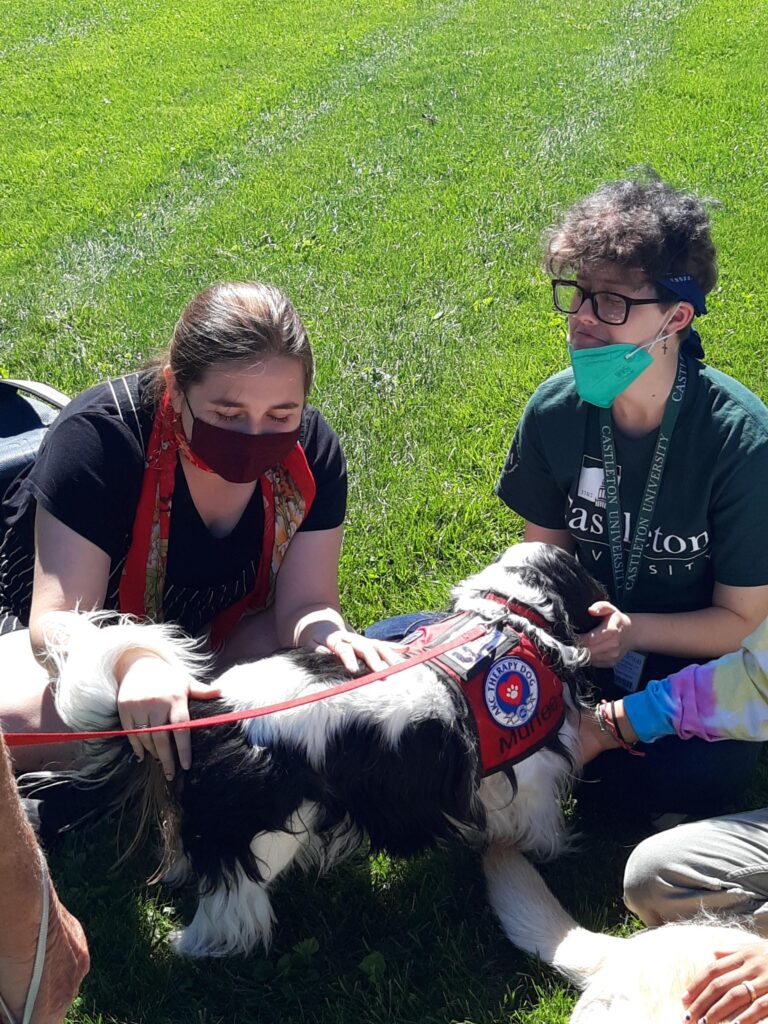A fire chief’s memories of 9/11
It was the day of the primary election for mayor in New York City. John Belnavis had the day off and was helping his union pass out fliers supporting the candidates.
The date was September 11, 2001.
“I was just getting ready to go out when my friend called my phone,” Belnavis said. “When I answered, he said to turn on the tv. Then I saw the second plane hit.”
Belnavis, who now lives on Lake St. Catherine, was a battalion chief in the New York City Fire Department who had served for over 20 years alongside fellow firefighters when the attacks occurred. After the second tower was hit, a recall was initiated, he said.
All off-duty personnel were on their way. Within 40 minutes, Belnavis, alongside 40 other fire chiefs and 60 firefighters, was on the Staten Island ferry on the way to the destruction. It was around this time that the second tower fell.
“It was eerie to look out across the water to the skyline where the World Trade Centers should have been,” Belnavis recalled. “Something was just completely missing.”
The ferry docked about half a mile from the Trade Centers, giving the arriving firefighters a full view of the destruction.
“When we got there, there was just a cloud,” he said.
The staging area was packed as Belnavis said he made his way forward to get his assignment. He would be assigned four companies of firefighters to put out the fires burning on the upper floors of the nearby World Trade Center #7 – one of the few buildings still standing.
But there would be a serious challenge in doing so.
“When the planes crashed into the towers, they damaged the water systems that would allow us to pump water on the higher floors where the fires were,” Belnavis explained.
They would have to stretch more than a hundred lengths of hose up the stairs as water would be drawn from the East River and Hudson River. This effort would stop when a major chief would have them return after putting out surface fires.
It was sometime between 2-3 p.m. when efforts turned toward searching for survivors.
Belnavis explained the collapse of the buildings.
Instead of buckling in and falling from the point of contact, each floor fell straight down onto the floor beneath it – a “pancake collapse” they called it.
“It took us until June of next year to completely put out the fires,” Belnavis said.
When the buildings fell, it created pockets of fuel buried under large amounts of rubble –similar to burying hot coals in the ashes of a fire.
“You would hose water down through gaps in the debris, but you would never know if the water would reach the fire underneath,” he said.
By two to three the following morning, the fire department would be making a count of those who had been inside; 343 firefighters and 2,977 people would be the total of that day.
The firefighters would then continue their efforts.
“During that time, you worked one day and then had the next two days off,” Belnavis said. “During those two days off, we were either attending funerals or volunteering at the World Trade Centers.”
“Twenty years later, I went to a ceremony at the Midhouse Fire Station holding a memorial for the 15 firefighters they had lost,” Belnavis said. “They had 28 children between them – one man had five. The oldest had been thirteen at the time.”
He smiled as he said, “Four of them became firefighters honoring their father.”
When asked how he felt looking back on that day, he said, “I’m lucky. My brother survived, I survived.”
There was a pause.
“But I know a lot of friends who didn’t,” he said.
“The fire department and country did great in handling this. The way those people stepped up, it showed that America was not a broken nation … I’m surprised how fast it went, and how important it still is,” he said.
When asked what it was like returning to New York City, Belnavis gave a small chuckle.
“The traffic seemed back to normal,” he joked. “New York City epitomizes what this country is all about. You just see the people who went through it with you. Seeing old friends, seeing the families all together. The amount of donations and acts of kindness was unbelievable.”
At the Midhouse Fire Station alone, $20 million in donations have been made to the families of the firefighters who had perished on that day.
“The fire department is a family,” Belnavis said. “We are all brothers and sisters, and we help each other… Many of us continued serving as we worked to rebuild our numbers.”
He would continue serving in the fire department for another ten years.
“No matter how dark the day is, you can always find something positive to look at.” Belnavis stated. “It will always be with me.”







